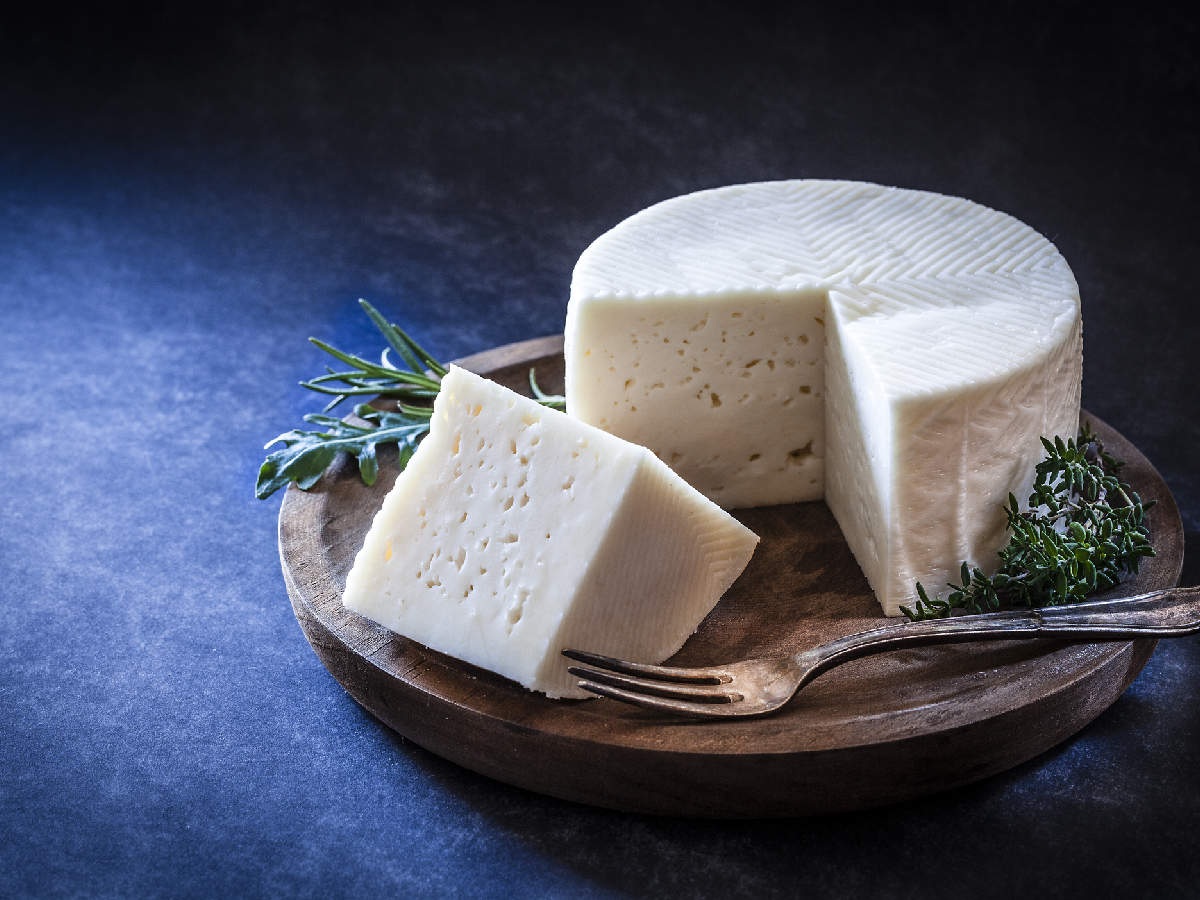
Is Feta Goat Cheese?
Feta cheese and goat cheese are both popular types of cheese with distinct flavors and characteristics. While they may seem similar to the untrained eye, they are not the same. Feta cheese is a type of cheese that originates from Greece and is traditionally made from sheep’s milk or a combination of sheep’s and goat’s milk. On the other hand, goat cheese, also known as chèvre, is made exclusively from goat’s milk. In this comprehensive guide, we’ll delve deeper into the differences between feta cheese and goat cheese, exploring their origins, production methods, flavors, and culinary uses.
Origins and Production
Feta Cheese
Feta cheese has a long history dating back thousands of years and is considered one of the oldest cheeses in the world. It originated in Greece and is protected by European Union law, which specifies that authentic feta cheese must be made in specific regions of Greece using traditional methods. Feta cheese is typically made from sheep’s milk, although it may also contain up to 30% goat’s milk. The milk is curdled using rennet, and the curds are then cut and drained before being placed in molds and aged in brine for several weeks to develop its characteristic tangy flavor and crumbly texture.
Goat Cheese
Goat cheese, or chèvre, has been produced for centuries in various parts of the world, including France, Spain, and the Middle East. Unlike feta cheese, which is primarily made from sheep’s milk, goat cheese is made exclusively from goat’s milk. The milk is curdled using rennet or acidic agents such as lemon juice or vinegar, and the resulting curds are drained and molded into various shapes before being aged for different periods depending on the desired flavor and texture. Goat cheese can range from soft and creamy to firm and crumbly, with a tangy and slightly acidic flavor profile.
Flavor and Texture
Feta Cheese
Feta cheese has a tangy and salty flavor with a slightly acidic undertone. It has a crumbly texture that becomes creamier as it ages, making it ideal for crumbling over salads, sandwiches, and pasta dishes. The saltiness of feta cheese pairs well with a variety of ingredients, including olives, tomatoes, cucumbers, and fresh herbs, making it a versatile ingredient in Mediterranean cuisine.
Goat Cheese
Goat cheese has a distinct flavor profile characterized by its sharp and tangy taste. It can range from mild and creamy to intensely flavored and crumbly, depending on factors such as age and production methods. Fresh goat cheese has a smooth and creamy texture, similar to cream cheese, while aged goat cheese develops a firmer texture with a more pronounced flavor. Goat cheese is often enjoyed on its own or crumbled over salads, pizzas, and roasted vegetables for added depth and richness.
Culinary Uses
Feta Cheese
Feta cheese is a staple ingredient in Mediterranean cuisine and is used in a variety of dishes, including Greek salads, spanakopita (spinach pie), and stuffed peppers. It adds a salty and tangy flavor to dishes and pairs well with ingredients such as olives, tomatoes, cucumbers, and roasted vegetables. Feta cheese can also be crumbled over pasta dishes, pizzas, and soups for added texture and flavor.
Goat Cheese
Goat cheese is a versatile ingredient that can be used in both sweet and savory dishes. It is commonly crumbled over salads, pizzas, and pastas or spread onto crackers and bread. Goat cheese pairs well with fruits such as figs, grapes, and pears, as well as honey and nuts, making it a popular choice for cheese boards and appetizers. It can also be used in dips, sauces, and desserts for added creaminess and tanginess.
Nutritional Comparison
Feta Cheese
Feta cheese is a nutrient-dense food that provides essential nutrients such as protein, calcium, phosphorus, and vitamin B12. It is lower in fat and calories compared to many other types of cheese, making it a relatively healthy choice when consumed in moderation. However, feta cheese is high in sodium due to its salt content, so individuals following a low-sodium diet should consume it sparingly.
Goat Cheese
Goat cheese is also a nutrient-rich food that provides protein, calcium, phosphorus, and vitamin A. It is lower in lactose and cholesterol compared to cow’s milk cheese, making it easier to digest for some individuals. Goat cheese is higher in fat and calories compared to feta cheese, but it is still considered a nutritious option when enjoyed in moderation.
Conclusion
In conclusion, while both feta cheese and goat cheese are popular types of cheese with distinct flavors and characteristics, they are not the same. Feta cheese is a Greek cheese made primarily from sheep’s milk, while goat cheese is made exclusively from goat’s milk. Each cheese has its own unique flavor profile, texture, and culinary uses, making them suitable for different dishes and occasions. Whether you’re crumbing feta cheese over a Greek salad or spreading goat cheese on crackers, both cheeses can add richness and complexity to your favorite recipes. By understanding the differences between feta cheese and goat cheese, you can
- Vessel’s Core Series Review: Stylish and Versatile Gear for Every Taste! - August 22, 2024
- Benefits of Bladderwrack Supplements - April 2, 2024
- Benefits of Black Walnut Supplements - April 2, 2024